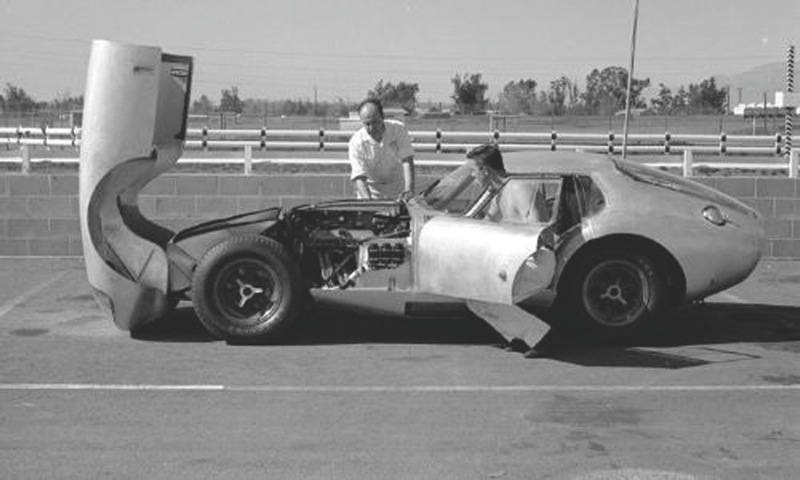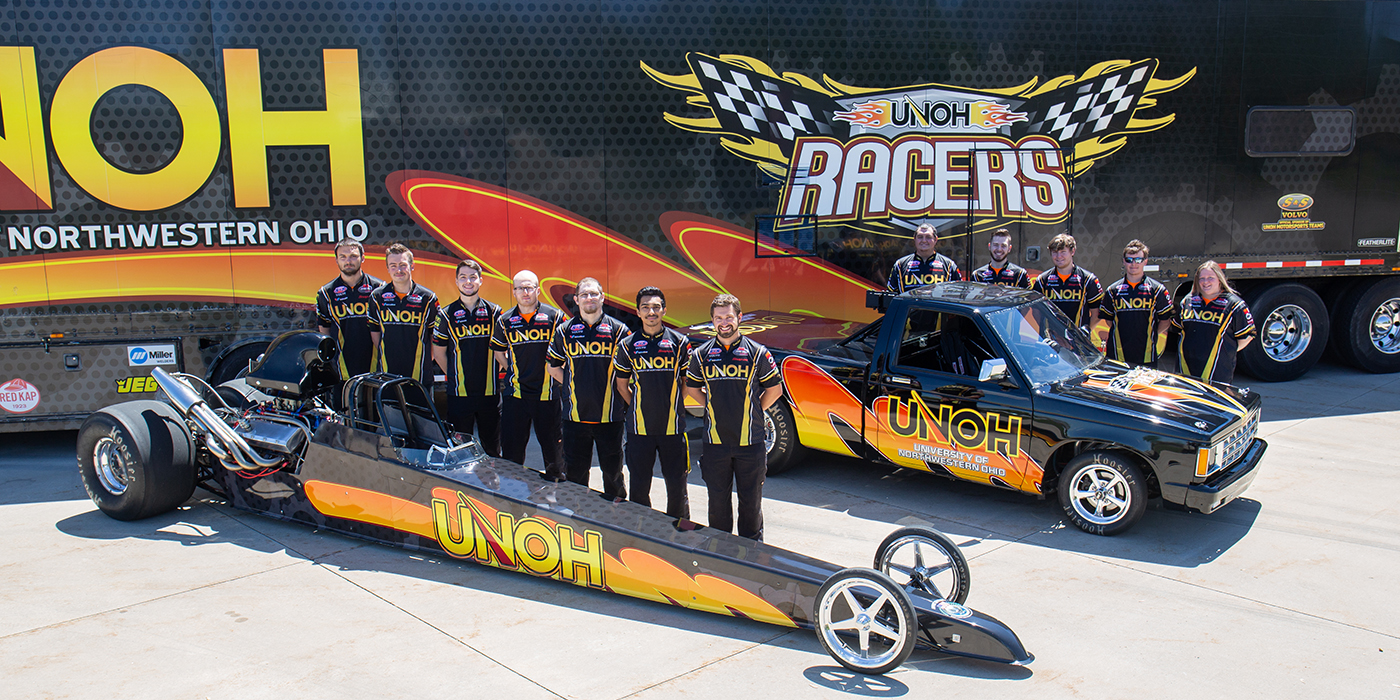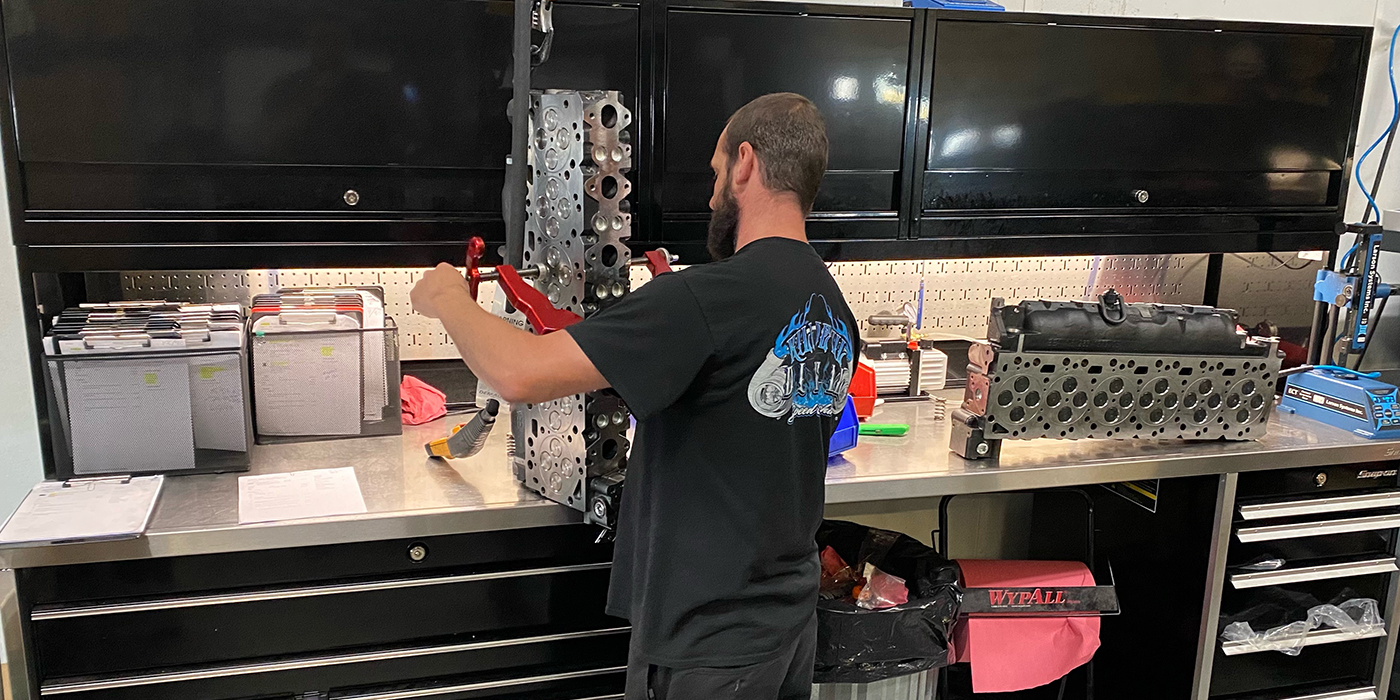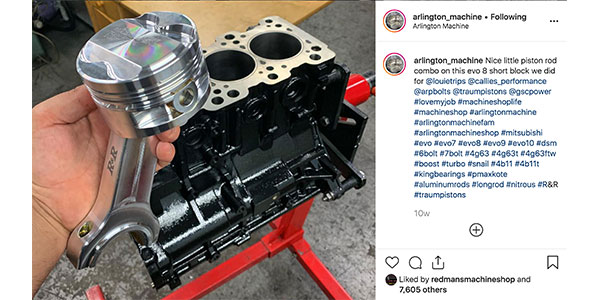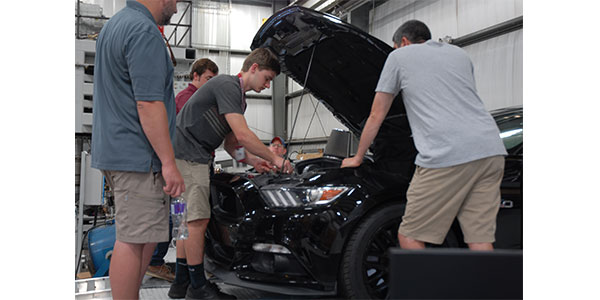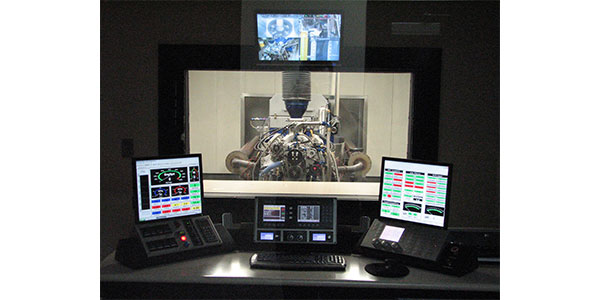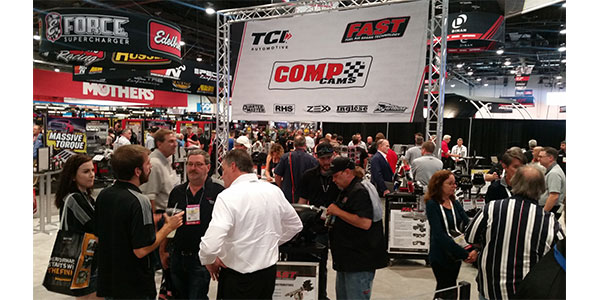
I enjoy history. And I’m guessing that those in the engine performance and rebuilding industry like you have an affinity toward history as well. It could be why many of you are in the business of bringing back to life engines that have accumulated miles of roadway travel on family vacations, or set records on banked tracks, quarter-miles, dry trails of a Baja race or across the Salt Flats.
It’s not just a job to you, but a calling, as you are the one whose talents of rebuilding powerplants allows the next generation of automotive enthusiasts see a vintage Model T chug up next to a supercharged muscle car at the Woodward Dream Cruise along metropolitan Detroit, or park side-by-side at a vehicle restoration show in Indianapolis.
It seems like each month, another vehicle or auto manufacturer is celebrating some sort of historical milestone that piques our interest. In fact, this month, we are running an article from John Gunnell on a century of the Cadillac V8 engines.
Recently, another automotive historical news item crossed my desk – the 1964 Shelby Cobra Daytona Coupe (serial number CSX2287) has become the first automobile to become a federally registered historic car!
The Shelby Cobra, part of the collection at the Simeon Foundation Automotive Museum in Philadelphia, has an extensive race history, competing at Daytona, Sebring, Reims, Spa-Francorchamps, Oulton Park TT and Tour de France.
It was the first of six such cars built by Shelby American between 1964 and ‘65, and the only one built by hand at Carroll Shelby’s Venice, CA, shop.
Peter Brock of Brock Racing Enterprises and the designer of the car, said having his Shelby Cobra Daytona Coupe design recognized as the very first car to be included in the permanent archives of the Library of Congress is a great honor and the thrill of a lifetime.
“I’m very proud that the Shelby Cobra Daytona Coupe helped lead the way to American’s first win in the FIA International Manufacturer’s GT Championship in 1965,” said Brock.
 “The Coupe’s revolutionary design contributed to standards for automotive aerodynamic efficiency.
“The Coupe’s revolutionary design contributed to standards for automotive aerodynamic efficiency.
According to Mark Gessler, president of the Historic Vehicle Association (HVA), this achievement is a proud moment for our industry.
“It has been nearly 120 years since the first automobiles were produced in the U.S. During that time, we have implemented national programs to recognize our historic buildings, airplanes, spacecraft and vessels but not our historic automobiles. Through our work, we hope to celebrate the contribution of the industry’s pioneers, the vehicles they produced and the preservation efforts necessary to ensure future generations appreciate the unique roll of the automobile in shaping America.”
The National Park Service, which administers the Heritage Documentation Programs, worked with Gessler and the HVA to develop criteria for automobiles to meet to be included on the Historic American Engineering Record.
Gessler said his organization is working on adding more vehicles to the federally documented history records, such as the 1907 Thomas Flyer, the original Ford Pygmy, a 1918 Cadillac Model 57 and the first Meyers Manx.
I don’t know about you, but I’m looking forward to discovering when these vehicles make history – again.
Be sure to check our www.enginebuildermag.com for a video of Peter Brock and the now historic 1964 Shebly Cobra Daytona Coupe.

